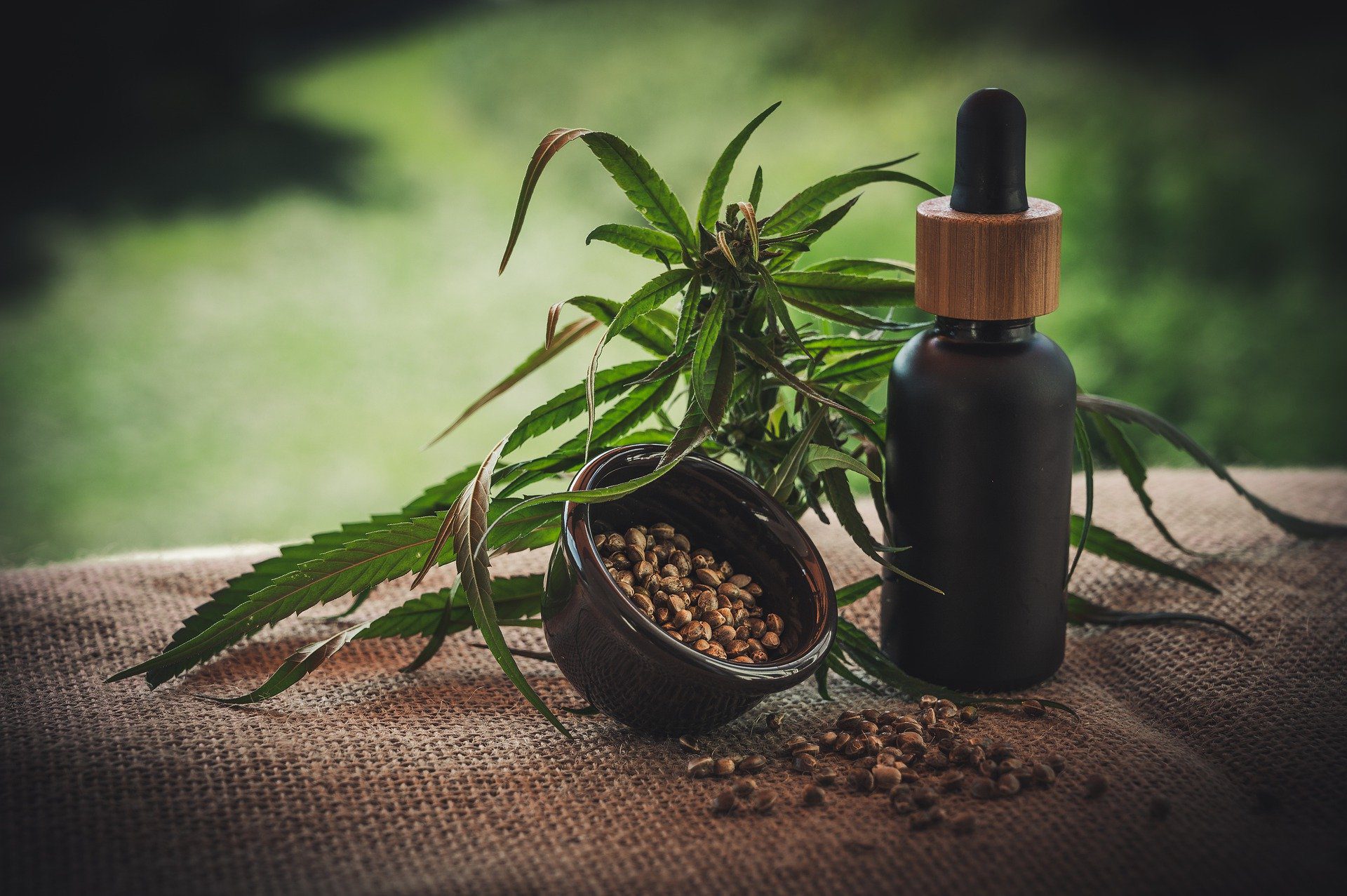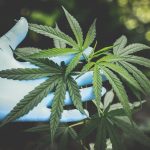Wondering about cannabis edibles CBD and THC etc.? Whether you are a home cook or a buyer from a dispenser, a beginner or experienced looking for something new, this article will help you through your options.
Edibles in Canada
Statistics Canada released the results of the National Cannabis Survey last August 15,
2019, and out of the Canadian population of 37.59 million, over ¾ were recorded using
cannabis. Despite edibles being such popularity nowadays, out of the 37.59 million, only 22%
prefer consuming edibles and about gender, females were also reported highly consumed other
products other than dried cannabis which include edibles.
What Are Cannabis Edibles?
According to the federal Cannabis Act, an individual who is of age in their province can legally carry up to 450 grams of edibles as an equivalent of the legal dried cannabis. Edibles are one of the 8 main groups of cannabis products, which are dried, oil cartridges, liquid concentrates, other liquids and other unspecified.
Both food and beverages infused with cannabis and its active ingredient, delta-9- tetrahydrocannabinol or THC is called an edible. These products go through several procedures and techniques before being a recipe and can take the form of candies, cookies, chocolates, sprays, pills, and sodas.
According to Health Canada, you can experience the effects of edibles after 30 minutes to 4 hours of consumption.

What are they made of?
Edibles are sometimes called cannabis-infused food and beverages because edibles usually use recipes that use oil or butter. The potency depends on the edibles CBD and THC concentration that we will talk about later in this guide.
Canna-butter is unsalted butter that has been blended with dried and ground cannabis and water. This cannabis-infused butter can then be used by adding it in place of the regular butter in any of the baking recipes.
Cannabis-infused oil or as called canna-oil is a blend of dried and ground cannabis with any type of oil. It is generally used for making homemade sauces and salad dressings or sauteing vegetables in dishes.
Edibles in the making
As discussed above, food recipes use dried cannabis which in turn made to be cannabutter and canna-oil. On the other hand, cannabis-infused beverages use drops of cannabis extract (in liquid form) or a tincture which is added into the drinks.
Making cannabis edibles are widely known to be processed into these 4 steps: drying, curing, decarboxylating, and infusing.
All cannabis products are the basic and prime ingredients of cannabis. The cannabis plant can be dried in many ways. The plant itself can be hung on a clothesline-like to dry or be cut into branched or flowers trimmed to dry. This procedure can only remove large amounts of water on
the outer parts but to dry the deeper layers, curing is needed.
Curing is like making a wine sit on a barrel to ferment to have it’s great taste and smoothness. This procedure removes the rest of the moisture of the plant while maintaining and controlling the chemical decomposition without cannabis from actually decaying. Removing the water in the deeper layers allows the cannabis will help to develop a full and wide spectrum
of smells, flavors, and psychoactive or medicinal effects.
The process called decarboxylation will activate the psychoactive properties of dried cannabis. Since the human body cannot decarboxylate the dried cannabis to release THC, it is done ahead and it is achieved by burning during a heating process which can also be done
homemade by using the oven or mason jars.
It is very not recommended to dump your dried cannabis directly into the recipe thus canna-oil or canna-butter is added, which are much more versatile to use to almost any type of dish.
Dosing Guide
The higher the potency of an edible isn’t always better. As the golden rule of consuming, edibles says, start small and slow. The edibles’ potency is indicated by how many in milligrams of cannabinoids are contained in the product. The amounts of cannabinoids determine the potency of an edible. If the cannabinoids content is high, the potency is high.
According to Health Canada, edible cannabis, may it be for eating or drinking, the THC limit per package is 10 mg and the product is without vitamins, minerals, nicotine or alcohol added and caffeine amounts should be limited.
Are you making your own edible?
If you are making your edible at the peace of your home, you have to know the percentage of THC in the strain you’re gonna use. Most strains have around 10 percent of THC in them. Moderate levels of THC in edibles range from 15-20 percent while THC levels of 21 percent and higher are exceptionally strong.
Let’s talk about the amount of concentration in the edibles in terms of weight. If you take a gram of marijuana bud, the dry weight would be 1000 milligrams. If the cannabis strain contains 10% of THC, 100mg would be the ideal weight for cooking.
The next step is to adjust these numbers based on your product recipe. Divide the dish into an appropriately sized serving. For example, if we take a batch of brownies using 500 mg of THC is then divided by 10 mg per serving is for 50 brownies.
If you are making your own edibles CBD and THC concentration should be monitored carefully.
Are you buying from a dispensary?
Health Canada has proposed the regulations on cannabis edibles to have packaging with the standardized cannabis symbol containing, THC/CBD content, Health Warning Message, ingredient list, Nutrition Facts table, equivalency to dried cannabis to determine public
possession limit and allergens.
Computing for THC content is the same wherein for example if the desired dose is 5 mg, a 50 mg THC containing a bar of chocolate is okay because 50 mg is divided into 10 pieces of 5 mg each.
Recommended dosing
The right edible dosage varies with every person in which there is a one-size-fits-all dose, all depending on your THC tolerance.
Below are a few general dosages and what to expect if you are wondering how many mg you should consume and out picking your next edible.
1 – 2.5 mg THC
An edible with 1 – 2.5 mg THC is considered as very low. This dose is highly recommended for first-time consumers of edible cannabis and for consumers who are looking for a microdose.
Its effects aren’t harmful in which it can relieve mild pain, anxiety stress, and other symptoms. It also improves focus and creativity.
2.5 – 15 mg THC
This is considered a low dose, which is the recommended dose of patients who have persistent problems, restless sleepers, and for social butterflies.
Reaching the 15 mg point is also said to be on the recreational use boundary.
This range of doses has a stronger relief for symptoms and can cause euphoria. It may also impair your coordination and alter perception. Also, reaching the 15 mg point is said to be on the recreational boundary.
15 – 30 mg THC
Patients who have developed tolerances, well-seasoned or experienced consumers are recommended for this medium dose.
This range of does bring a strong euphoria and/or unwanted effects for inexperienced consumers. These doses can impair coordination and alter perception.
30 – 50 mg THC
At 30 mg THC dose, you are already in the veteran consumer territory. This range is considered a high dose and is recommended for consumers who have poor gastrointestinal absorption and for consumers who have a significant tolerance to high levels of THC.
These doses will bring very strong euphoria and will also likely impair coordination and alter perception.
Even everyday smokers are going to be knocked down by a 50 mg edible thus making this dose unrecommended for beginners or to anyone that needs to be a proper citizen of the society after this consumption.
50 – 100 mg THC
This range of high dosing is highly not beginners’ consumption. It is also highly advised for individuals who are patients who have cancer, inflammatory disorders or conditions that need a high intake and for consumers who are very experienced in using edible cannabis.
These potent edibles will cause extreme side effects such as pain, nausea, rapid heart rate and will impair coordination and alter perception. These are better suited for medicinal use rather than recreational.
Finding your dose
Always start at the lowest recommended dose which is 1 – 2.5 mg then gradually increase your dosage by 1 – 2 mg per dose if necessary when looking for your optimal dose.
Conclusion
The dosage depends on an individual’s experience in consuming edibles and tolerance for THC. Always keep in mind how many milligrams of THC you are taking because as the Golden Rule has been stated: “start low and slow”.

 DISCORD
DISCORD

